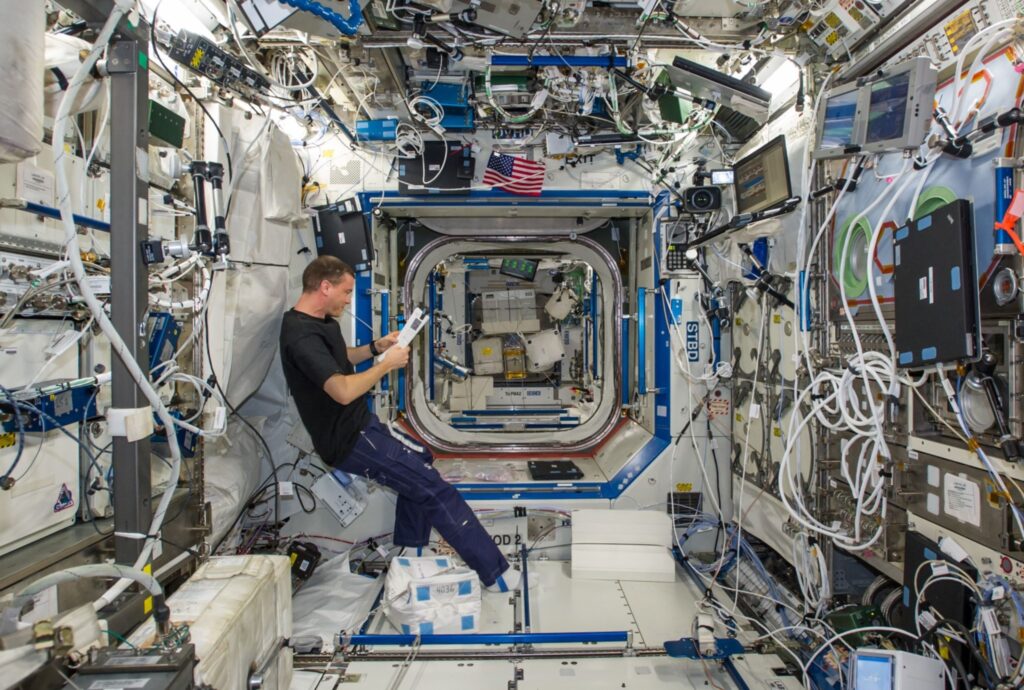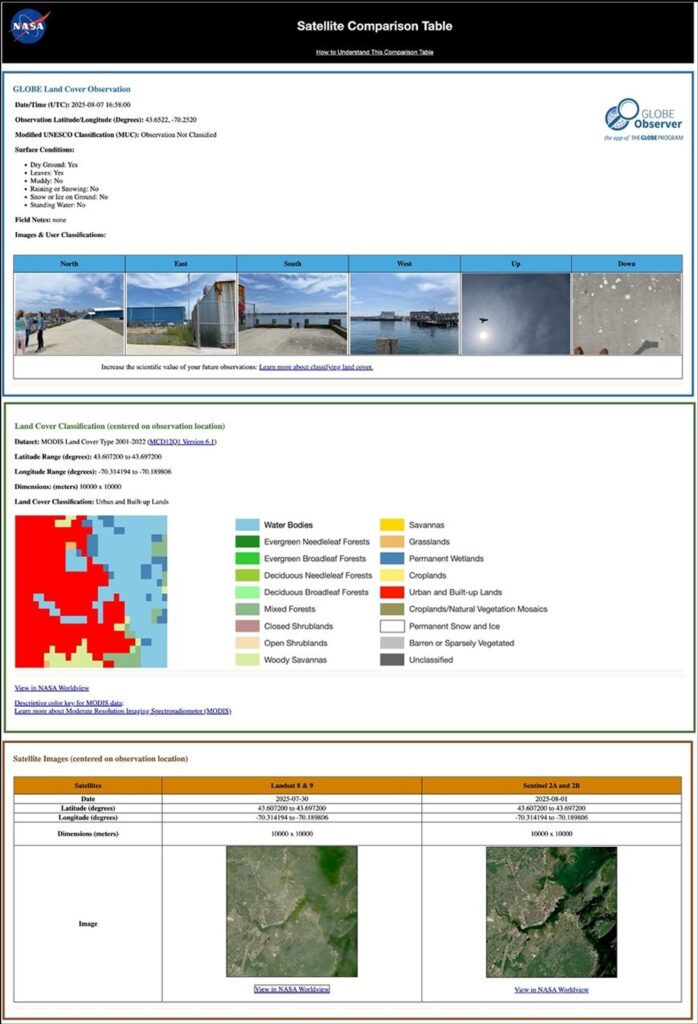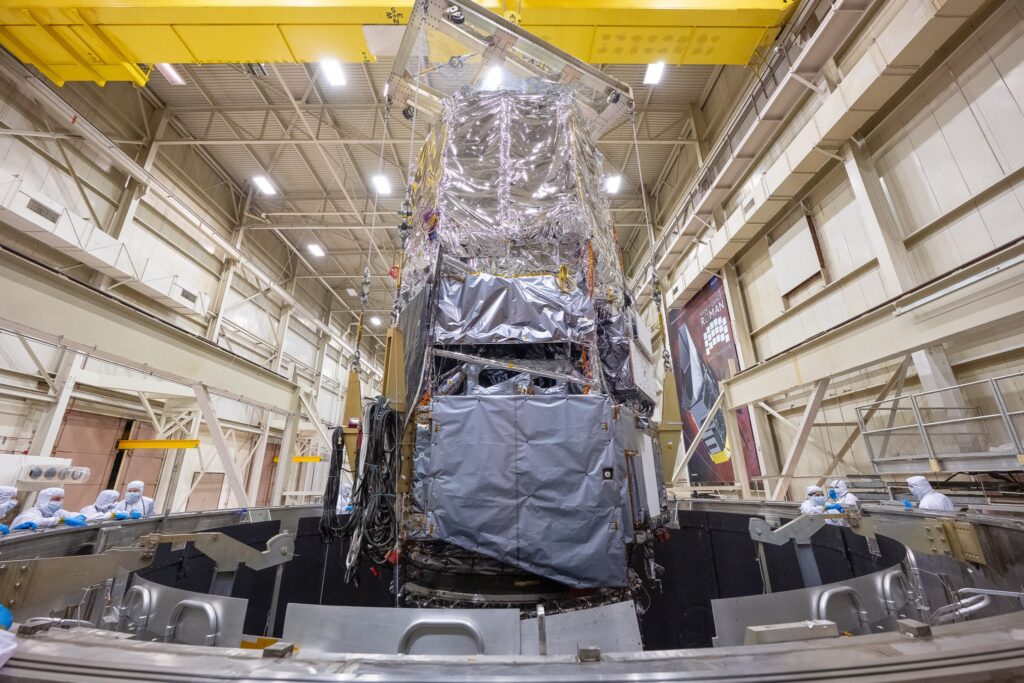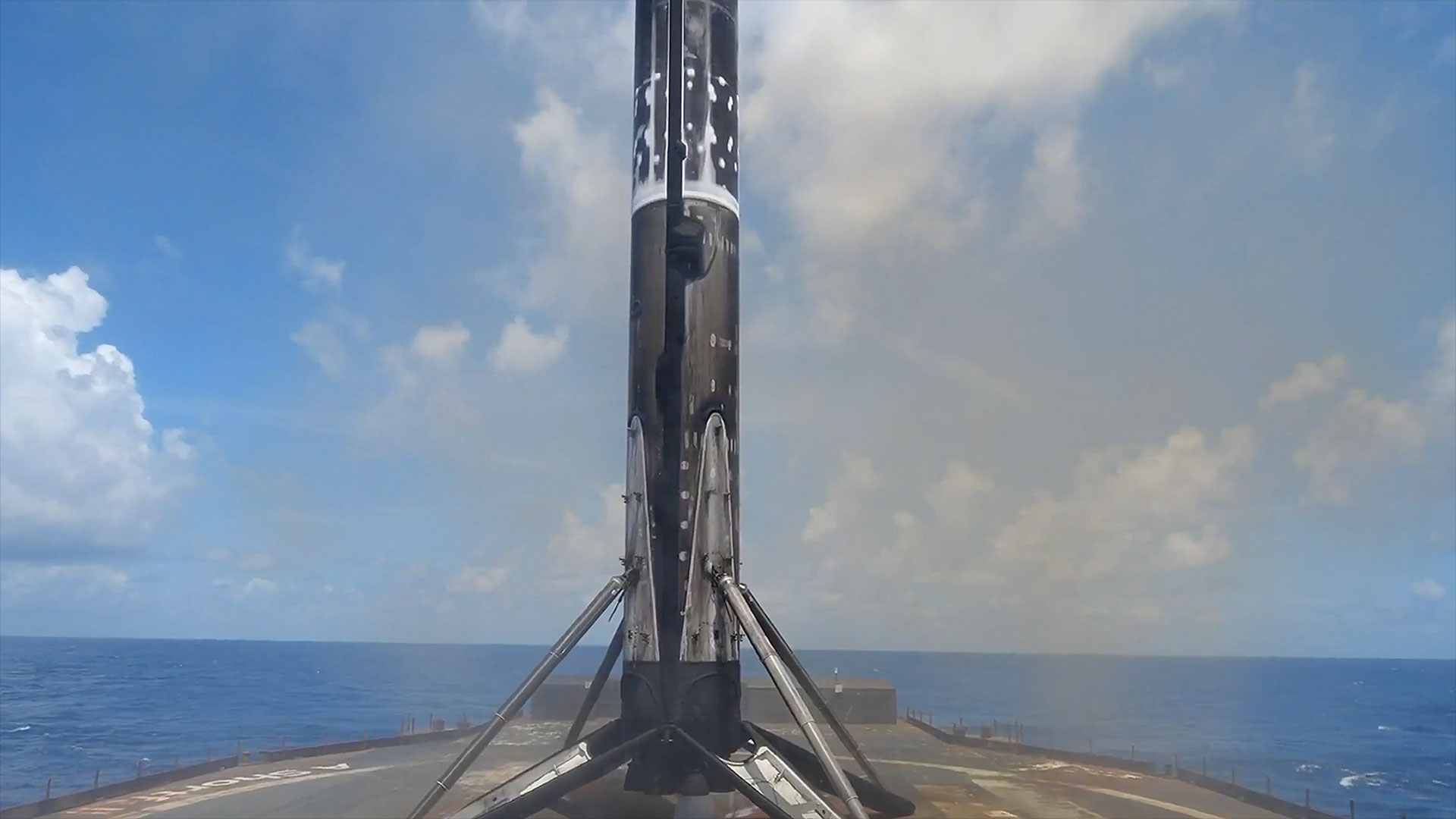Now Reading: SpaceX’s Starship Faces Hurdles for Point-to-Point Travel Innovation
-
01
SpaceX’s Starship Faces Hurdles for Point-to-Point Travel Innovation
SpaceX’s Starship Faces Hurdles for Point-to-Point Travel Innovation

SpaceX’s Starship represents a monumental leap in aerospace technology, and its point-to-point travel capability is no exception. A brainchild of Elon Musk’s vision for rapid global transit, this concept could revolutionize how we ponder about distance and time in travel. By using the rapidly reusable Starship vehicle, the goal is to make it possible for individuals to traverse the planet in less than an hour. Imagine zipping from New York City to London in a mere 30 minutes, potentially bypassing the tedious constraints of current air travel.
However, the feasibility of such a concept remains shrouded in significant technical and regulatory challenges. The very nature of rocket travel introduces complexities not encountered in traditional aviation. For instance, the logistics of launching and landing near populated areas pose a unique set of problems. Current FAA regulations surrounding missile and rocket launches are stringent, primarily to mitigate safety concerns related to noise, sonic booms, and debris. This makes the establishment of point-to-point travel within urban centers a daunting task.
Gwynne Shotwell, President of SpaceX, articulated the vision succinctly during a TED interview: “Basically, what we’re going to do is fly BFR like an aircraft and do point-to-point travel on Earth.” She envisions the possibility of launching from a city and reaching the destination in under an hour. However, the paradox lies in the logistics of getting passengers to and from the ocean-based launch platforms, as the majority of urban locations would not permit such a high-frequency rocket operation so close to the populace.
One significant hurdle is the need for efficient transport to the launch sites. SpaceX has previously operated ocean platforms for their Falcon 9 boosters, but these platforms are located far away from urban centers, which increases the total travel time for passengers. The process could necessitate high-speed ferry services, imposing additional costs and logistical headaches. If the launching site were positioned 10 kilometers offshore, as Shotwell suggests, the total transit time could increase considerably, potentially negating the time savings offered by the rocket itself.
Economics plays a critical role in the viability of such a travel system. The comparison to the Concorde, a supersonic passenger aircraft that, while capable of fast transatlantic flights, ultimately faced commercial failure, looms large. While Shotwell believes that frequent launches could allow reduced average costs per passenger, the upfront expenses for ticket prices would likely remain steep. Ticket prices are expected to cater to a luxury market—those willing to pay for the thrill of rocket travel, complete with the associated G-forces.
Moreover, the technological advances necessary for passenger comfort and safety also need to be considered. Unlike traditional aircraft, rockets are designed to handle extreme forces that could be uncomfortable, if not dangerous, for the average traveler. The prospect of a commercial point-to-point system may have to wait until vehicles are developed to ensure a smooth ride comparable to modern airliners.
Transportation of cargo presents a different set of opportunities and challenges. The U.S. Air Force has expressed interest in point-to-point travel for logistical operations. Military objectives demand speed and efficiency, which could justify the economics of deploying a Starship for quick logistical endeavors, even in scenarios outside of war zones. This factor could act as a proving ground for the technology, allowing SpaceX to refine its capabilities before potentially rolling them out to commercial travelers.
While Earth-centric travel poses numerous hurdles, evidence suggests possibilities for point-to-point travel beyond our atmosphere. SpaceX’s ambitions to establish a human presence on Mars create a unique context where rapid transportation could occur over shorter distances, free from some of the entrenched regulatory and technical problems faced on Earth. The vision of Martian cities interconnected by a point-to-point transport network is an enticing prospect, albeit still a long way off.
While the point-to-point transportation model using Starship offers a tantalizing glimpse into a potential future of travel, significant challenges remain. The combination of regulatory, technical, and economic factors suggests that this futuristic vision may be more of a “capability flex” for SpaceX than an imminent reality for the average traveler. With advancements in aerospace technology and evolving societal needs, point-to-point may one day transform our understanding of distance, but that day is still on the horizon.
Stay Informed With the Latest & Most Important News
-
 012024 in Review: Highlights from NASA in Silicon Valley
012024 in Review: Highlights from NASA in Silicon Valley -
 02Panasonic Leica Summilux DG 15mm f/1.7 ASPH review
02Panasonic Leica Summilux DG 15mm f/1.7 ASPH review -
 03How New NASA, India Earth Satellite NISAR Will See Earth
03How New NASA, India Earth Satellite NISAR Will See Earth -
 04And Thus Begins A New Year For Life On Earth
04And Thus Begins A New Year For Life On Earth -
 05Astronomy Activation Ambassadors: A New Era
05Astronomy Activation Ambassadors: A New Era -
06SpaceX launch surge helps set new global launch record in 2024
-
 07Space Force plans new ‘Futures Command’ amid pressure to speed up modernization
07Space Force plans new ‘Futures Command’ amid pressure to speed up modernization




















